The latest trends for professional stage lighting in us 2026 | LQE Ultimate Insights
- Overview: Professional stage lighting in the US — What to expect in 2026
- Why these trends matter to buyers of professional stage lighting
- Trend 1 — Continued LED dominance with higher color fidelity and efficiency
- Practical purchasing tips
- Trend 2 — Pixel mapping and LED matrix integration become standard
- Technical implications
- Trend 3 — Wireless and IP-based control: sACN, Art-Net, RDM, and beyond
- Comparison: Control Protocols (2026)
- Trend 4 — Sustainability, energy management, and circular practices
- How manufacturers respond
- Trend 5 — Integration with virtual production and LED volumes
- Key features to demand
- Trend 6 — Compact, battery-powered fixtures and outdoor IP-rated designs
- Trend 7 — Remote diagnostics, predictive maintenance, and IoT features
- Benefits for rental houses
- Trend 8 — Higher safety and compliance standards: broadcast & laser considerations
- Practical buying guide for 2026: What to prioritize when you search for professional stage lighting
- Feature priority table
- LQE’s role and how our OEM/ODM advantages help buyers
- Case study snapshot: How a rental house benefits from modern trends
- Cost considerations and ROI for upgrading to 2026-standard fixtures
- Conclusion: Preparing for US professional stage lighting demands in 2026
- FAQ
- References and sources
Overview: Professional stage lighting in the US — What to expect in 2026
The professional stage lighting market in the US continues to evolve rapidly. By 2026, buyers, production companies, and rental houses will prioritize energy-efficient LED fixtures, integrated media and pixel-mapped lighting, wireless control, remote diagnostics, and sustainability. This article outlines the most consequential trends for professional stage lighting in the US in 2026, explains how they affect purchasing and production decisions, and shows how LQE — an experienced OEM/ODM manufacturer founded in 2008 in Foshan, China — is positioned to meet those needs.
Why these trends matter to buyers of professional stage lighting
Event producers, venue managers, rental companies and lighting designers search for professional stage lighting because they want fixtures that are reliable, energy-efficient, easy to integrate with media servers and virtual productions, and cost-effective over the product lifecycle. In 2026, decisions are increasingly driven by total cost of ownership, interoperability, and the ability to deliver immersive audience experiences. Manufacturers who provide robust R&D, consistent production, and proven post-sales support will be preferred partners.
Trend 1 — Continued LED dominance with higher color fidelity and efficiency
LED fixtures will remain the baseline for professional stage lighting in 2026. But the market focus has shifted from simple power savings to color accuracy, dynamic control, and spectral quality. Expect more fixtures rated with TM-30 metrics in addition to CRI, broader tunable white ranges, and advanced optical systems for smoother beam and field mixes. For buyers, this means evaluating fixtures on their color rendering (TM-30 Rf/Rg), flicker performance (for broadcast), and lumen maintenance (L70/L80).
Practical purchasing tips
Look for: high TM-30 scores, documented lumen maintenance figures, flicker-free drivers for high-frame-rate cameras, and efficient drivers that reduce power and cooling loads. LQE's middle- and high-end digital stage lighting line targets these specifications with improved LED modules and thermal design backed by 80 national patents.
Trend 2 — Pixel mapping and LED matrix integration become standard
Audiences now expect dynamic, pixel-controlled visuals on stage. By 2026, pixel-mapped moving heads, batten lights, and LED panels are standard tools for concerts, TV studios, and themed attractions. Pixel control enables complex visuals synchronized with music and live camera feeds, and integration with media servers (Disguise, Resolume, etc.) is essential.
Technical implications
Fixtures must support per-pixel control (e.g., Art-Net, sACN), high refresh rates, and reliable addressing. Manufacturers are delivering fixtures with dedicated pixel modes, onboard mapping profiles, and firmware that supports easy patching and calibration.
Trend 3 — Wireless and IP-based control: sACN, Art-Net, RDM, and beyond
Wired DMX remains common, but wireless DMX and fully networked IP workflows are mainstream in 2026. sACN and Art-Net over gigabit networks are standard for large-scale shows, while RDM continues to simplify remote configuration and status monitoring. Wireless solutions reduce setup time and cable clutter for touring and temporary events.
Comparison: Control Protocols (2026)
| Protocol | Best for | Limitations |
|---|---|---|
| DMX512 | Simple fixtures, legacy gear | Limited universes, cabling required |
| Art-Net | Large distributed networks, pixel control | Requires robust network design |
| sACN | Professional IP-based installations, redundancy | Network hardware cost |
| RDM | Remote device management | Requires RDM-capable devices and controllers |
| Wireless DMX (e.g., Encrypted) | Tours, TV sets, short-term installs | Potential interference, range limits |
Trend 4 — Sustainability, energy management, and circular practices
Sustainability is now a procurement criterion. Venues and production teams quantify energy usage, heat load, and recyclability. LED fixtures already deliver substantial energy savings — often up to 75% compared with incandescent — and modern designs reduce cooling costs. Beyond efficiency, companies are seeking manufacturers with clear take-back policies, repairability, and responsible supply chains.
How manufacturers respond
Leading manufacturers will publish energy performance, provide modular serviceable designs, and support refurb/reuse programs. LQE’s large production base and OEM/ODM capabilities enable refurbishment programs and consistent spare-part availability, reducing lifecycle costs for rental fleets and venues.
Trend 5 — Integration with virtual production and LED volumes
Virtual production using LED volumes (time-synced LED walls and stage lighting) is now routine for film, TV, and experiential events. Professional stage lighting must integrate colorimetrically with LED volumes and allow synchronized camera tracking and timecode workflows. Fixtures that offer precise color calibration and tight synchronization with media servers are preferred.
Key features to demand
High color accuracy across multiple devices, low latency control, and compatibility with protocols used in virtual production (GenLock, SMPTE timecode). LQE’s R&D focus on digital fixtures aims to ensure compatibility with these complex systems.
Trend 6 — Compact, battery-powered fixtures and outdoor IP-rated designs
Battery-powered LED fixtures have matured and are increasingly used for locations where cabling is impractical. For outdoor and themed attractions, IP65+ rated fixtures that combine durability with performance are essential. Buyers should balance runtime, output, and recharge logistics when selecting battery fixtures for touring or site-specific installs.
Trend 7 — Remote diagnostics, predictive maintenance, and IoT features
IoT-enabled fixtures that report status, temperature, lamp hours, and error codes enable predictive maintenance and reduce downtime. Rental companies and venues can schedule service before failures occur, protecting revenue and reputation.
Benefits for rental houses
Reduced on-site failures, better asset utilization, and data-driven purchasing decisions. LQE’s production scale (100,000 fixtures/year) and experience with digital lighting make integrating diagnostic telemetry into fixtures a feasible offering for OEM partners.
Trend 8 — Higher safety and compliance standards: broadcast & laser considerations
Broadcast lighting requirements (flicker-free, color stability at high frame rates) are stricter than ever. Laser fixtures are seeing regulated usage; adherence to IEC 60825 laser safety standards and venue-level risk assessments are non-negotiable. Buyers must ensure fixtures meet regional safety regulations and broadcast certifications.
Practical buying guide for 2026: What to prioritize when you search for professional stage lighting
When purchasing, compare fixtures across these dimensions: color fidelity, energy consumption, pixel control capability, network protocol support, serviceability, warranty, and manufacturer support. Below is a comparison table to help prioritize features for different user needs.
Feature priority table
| Buyer Type | Top Priorities | Recommended Fixture Features |
|---|---|---|
| Concert Touring | Durability, pixel control, wireless | High output moving heads, encrypted wireless DMX, ruggedened housing |
| Rental Houses | Serviceability, ROI, diagnostics | Modular design, onboard telemetry, long warranty |
| Broadcasters/Studios | Flicker-free, color stability | High TM-30, flicker-free drivers, low noise |
| Theatres | Color rendering, quiet operation | High CRI/TM-30, low fans/noise, smooth dimming |
LQE’s role and how our OEM/ODM advantages help buyers
LQE, founded in 2008 and headquartered in Foshan, operates a roughly 10,000 m2 production base and has the capacity to produce 100,000 lighting fixtures annually. With 80 national patents and a product range covering moving heads, static fixtures, and LED matrices, LQE offers OEM/ODM solutions for theaters, concerts, studios, houses of worship, exhibitions, nightclubs, theme parks and more. Our strengths include:
- R&D focus on digital stage lighting and compatibility with modern control protocols;
- Scalable manufacturing to meet touring and large-installation needs;
- Product modularity and spare-part availability for reduced lifecycle costs;
- Commitment to energy-efficient designs and strong value-for-money propositions.
Case study snapshot: How a rental house benefits from modern trends
A mid-size US rental house replaced older discharge moving heads with LED pixel-mapped fixtures and added fixtures with onboard telemetry. Results: 65–75% reduction in aggregate power consumption, fewer on-site failures due to predictive alerts, and improved event turnaround times. These changes improved margins and client satisfaction — typical outcomes when venues adopt modern professional stage lighting solutions.
Cost considerations and ROI for upgrading to 2026-standard fixtures
Upfront costs for high-end LED and pixel-mapped fixtures remain higher than entry-level alternatives, but energy savings, reduced maintenance, and rental revenue upside often justify the investment. Calculate ROI by factoring in reduced energy bills, lower lamp replacement costs, fewer failures, and higher rental rates due to expanded creative capabilities.
Conclusion: Preparing for US professional stage lighting demands in 2026
In 2026, buyers searching for professional stage lighting will prioritize color fidelity, pixel mapping, IP-based control, sustainability, and interoperability with virtual production workflows. Manufacturers that deliver modular, serviceable, and network-capable fixtures with documented performance will win. LQE’s production capacity, R&D background, and OEM/ODM experience position it as a partner able to supply modern, cost-effective solutions tailored to the evolving needs of venues, rental companies, and production houses.
FAQ
How is LED performance measured for professional stage lighting?Color rendering is measured using CRI and increasingly TM-30 (Rf/Rg). Flicker performance, lumen maintenance (L70/L80), and spectral power distribution are also important for broadcast and color-critical applications.
What control protocols should I require for future-proof installations?sACN and Art-Net for IP-based control, RDM for remote management, and support for secure wireless DMX are recommended. Ensure fixtures support common media server workflows for pixel mapping.
Are battery-powered fixtures reliable enough for touring?Yes—modern battery fixtures offer reliable output and predictable runtimes. Evaluate battery chemistry, swap/recharge logistics, runtime under load, and available spare batteries before deploying on tour.
How can I assess true energy savings?Compare measured power draw and effective light output (lumens or lux at focus) rather than wattage alone. Consider venue HVAC savings from reduced heat load in your ROI calculations.
Why is TM-30 used in addition to CRI?TM-30 gives a more complete picture of color rendering across many colors and indicates both fidelity and gamut changes, which is useful for complex stage lighting and mixed media environments.
References and sources
- U.S. Department of Energy, Solid-State Lighting Program — reports on LED energy savings and performance.
- IEC 60825 — Safety of laser products (laser usage and classification guidance).
- PLASA (Professional Lighting and Sound Association) industry reports and technical guidance.
- Live Design magazine — coverage of pixel mapping, virtual production and broadcast lighting requirements.
- Market research summaries on entertainment lighting (e.g., Grand View Research/MarketsandMarkets) — general market direction for professional lighting equipment.
Company profile: LQE was founded in 2008 and is headquartered in Foshan, China. We specialize in R&D, production, and sales of middle- and high-end digital stage lighting. Our production base covers about 10,000 square meters, with annual output capacity around 100,000 fixtures and 80 national patents. We deliver moving head lights and static lights for theaters, concerts, studios, houses of worship, exhibitions, nightclubs, theme parks and more. Our vision is to become the world's leading manufacturer of LED stage lighting.
Wholesale led spot moving head light manufacturer and supplier
Top 5 spot moving head profile light factory Company List and Products Compared
The latest trends for stage lights in us 2026 | LQE Ultimate Insights
What are the application scenarios of led beam bar stage light?
1000w
Can I Have a Sample Order for an LED DJ Light?
Sure, sample order are welcome to test and check LQE quality. Mixed samples are acceptable.
Does LQE Offer Customized Stage Moving Light Solution?
An experienced R&D team can provide customized digital stage lighting OEM/ODM solution service to meet clients’ unique demands from global markets, such as customized CRI parameter, Ingress protection rating, effect, etc.
Do You Supply After-Sale Service?
LQE lighting offers 7x24 hrs systematic SOP customer support with dedicated personnel, ensuring quick and comprehensive assistance for stage lighting needs.
Distributor
How can I apply to become a distributor?
Simply fill out the contact form on this page or email us directly with your company information, market background, and cooperation intention. Our sales team will get in touch with you within 1–2 business days.
What types of companies can become LQE distributors?
We welcome partnerships with companies that have experience in the entertainment, AV, lighting, or stage equipment industries. Whether you are a local reseller, importer, system integrator, or project contractor, we are open to exploring win-win cooperation.
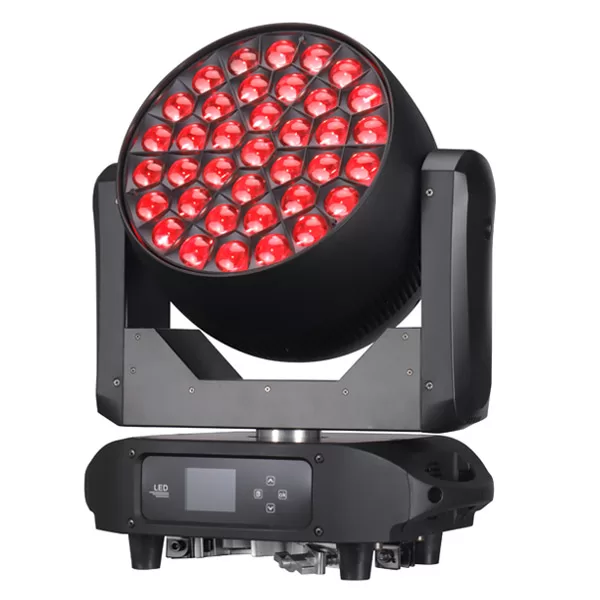
800w 37x40w RGBW Stage Moving Head Wash Light LW800
800W 37x40W LED RGBW Mulichips Moving Head Wash Lights with Zoom (5°-50°), Covering Large Range and Long Distance. Designed to deliver a 5°–50° ultra-large zoom range to achieve a greater wash effect, illuminating stages and events with stunning ring control lighting effects.
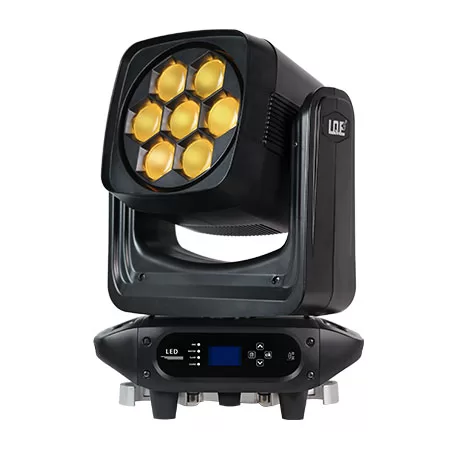
LED Moving Head Wash Light LW500
Elevate your lighting experience with our dynamic LED moving head wash light, delivering mesmerizing color combinations and effects. The preset macro function mixes color, which can create thousands of color combination effects.
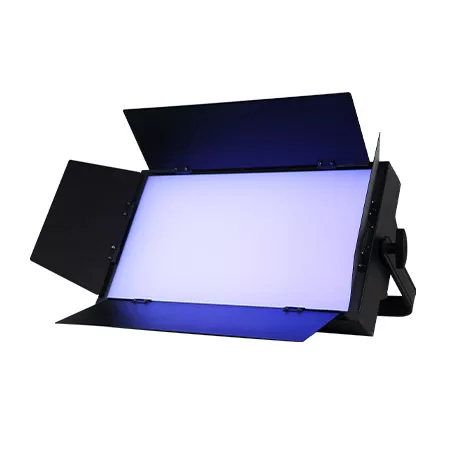
Photography LED Light Panel PL1500
This versatile photography LED light panel provides adjustable brightness, color temperature, and soft, flicker-free lighting. 0-255 level linear dimming, more delicate and gorgeous colors, soft light spots, high brightness, high CRI, and dimming angle.
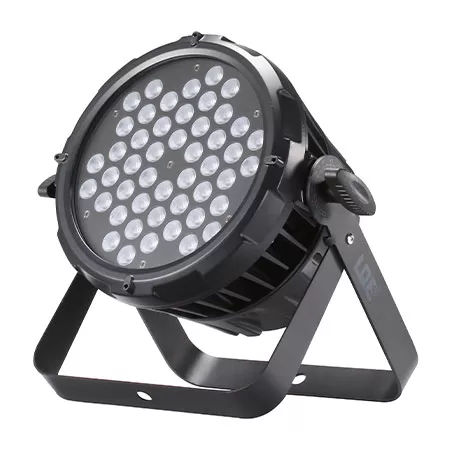
Multi Colored LED Stage Light OD648
Available in a variety of colors, users can easily create captivating lighting effects that enhance the atmosphere and visual impact of performances. Outdoor high-sensitivity sound control, which can capture 10 sound signals per second.

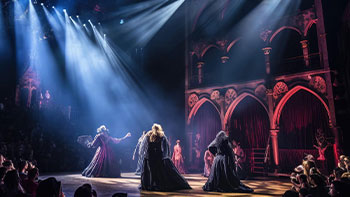
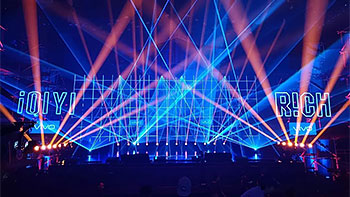
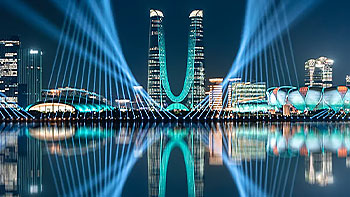
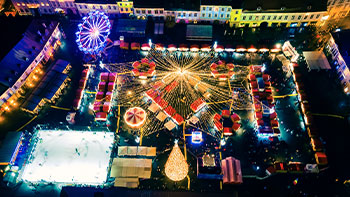
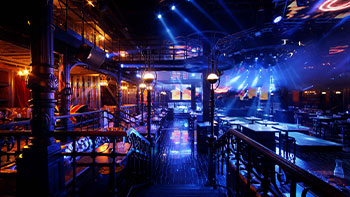
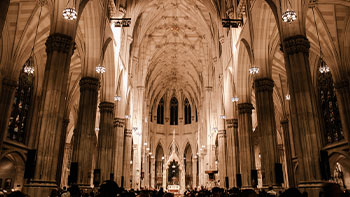






Linkedin
YouTube
Whatsapp: +8618924548390
TikTok